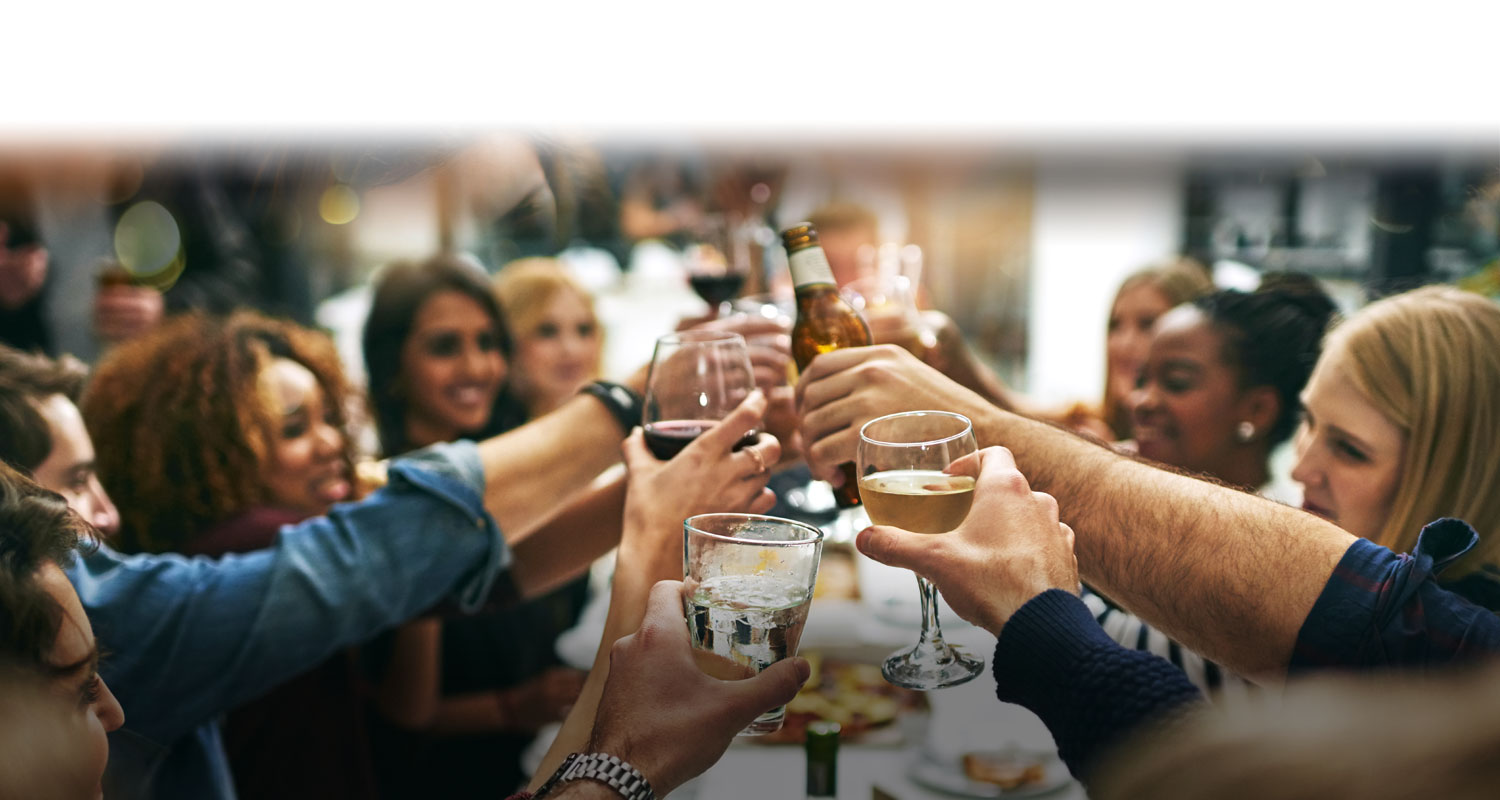Surprising statistics about Millennials: They drink wine…and a lot of it.
This generation wants to learn about wine, walk away with interesting tidbits they can apply to their next restaurant experience and categorize the expense as one that added value to their life.
By Viki Eierdam
In 2016, a thought-provoking statistic was reported: for the first time in history, Americans spent more money eating out than they did on groceries. Also of note is a report by USA Today that millennials drank 159.6 million cases of wine in 2015 alone — 42 percent of the wine consumed in the U.S.
Rhonda Hammond, a professor and researcher (and certified sommelier) at Washington State University’s Carson College of Business, has examined millennials and their wine consumption preferences and has come up with some surprising discoveries.
Dr. Hammond said, “This particular group of consumers has a history of dining out more frequently than previous generations. They eat in the car and dine out for most meals. They possess a high level of experience dining away from home.”
Although her study was specifically aimed at restaurant wine purchases, the data can be extrapolated to other situations. Through online surveys, Dr. Hammond determined three information sources that millennials utilize when making wine list decisions; personal, impersonal and self.
The big take away was that this generation, defined as roughly between the ages of 22 and 39, is craving authenticity and personal interaction as their main source of information. Sorry, wine apps, it’s the user-friendly wine list and positive rapport with a knowledgeable wait staff that wins here.
“I was surprised. I thought they’d want impersonal sources but they want engagement with their server even though peer-influence is a big deal. It makes you think of the social aspects associated with food and wine. Those must be positive experiences to create return experiences. A solid wine list and a server who’s knowledgeable and can engage them (the diner) are still key,” Dr. Hammond said.
Authenticity is a word used regularly to describe millennials. Dr. Hammond went on to say that, based on her years of classroom observation, millennials are completely different than generations before. She noted that, on average, they were very protected growing up but quite involved in family decision-making, possibly to the extreme of being a little overwhelmed by being able to do everything and be a part of everything.
The conviviality of sitting around a table partaking in quality food and wine where there’s a story behind it all, surrounded by a few close friends, creating deeper, social connections are just the sort of genuine moments that bring balance back into the memories they are now in control of making.
Just as the millennial consumer has a high level of involvement with restaurant dining, they are more apt than any generation before them to have experienced a fair amount of personal travel including international travel. As a result, they identify eating and drinking with discrimination. They lean toward premium food and drink and authentic fare that recreate experiences they’ve had in the origin of that cuisine.
A conundrum in this research, Dr. Hammond pointed out, is that millennials have a high spending potential but they think of themselves as poor. Ergo, they are dining out more but expecting more from the dollars they are parting with. They want to learn about wine, walk away with interesting tidbits they can apply to their next restaurant experience and categorize the expense as one that added value to their life.
Dr. Hammond makes a few concrete suggestions based on her findings:
1. For establishments unable to afford an in-house sommelier, train the wait staff with regular wine tastings so that they’re knowledgeable in the aromas and flavors and are able to make food-pairing recommendations. Look past the fact that wine is one of the restaurant’s highest priced items. If the wait staff is not confident enough in the restaurant wine list to engage with the millennial consumer, that customer will not return.
2. If an educated wait staff is still not an option, present an informative wine list with a strong wine-by-the-glass program. Make the list fun, maybe even cheeky, with several food-pairing options for each glass and bottle selection and notes about the region it hails from (I.e. traditional cuisine from that area and why the notes of that wine translate well to dishes served at XYZ Restaurant).
3. Dr. Hammond’s research supported the fact that millennials would rather talk about wine than read about it in magazines. Find creative ways to engage with millennials regarding wine and you’ll win a customer who will share their positive experience with all their friends.
“I’m big on training,” Dr. Hammond said. “If I were in those shoes again, working in the industry, empowering my employees with knowledge and training so they can provide experiences that I want my customers to have regardless of generation would be my priority. Right here millennials are saying ‘I’m going to lean on the wine list first but I want to engage with the staff in my decision-making.’”
EDITOR’S NOTE: Viki Eierdam is a freelance writer who lives in Battle Ground, WA. Connect with her at: www.savorsipandsojourn.com.


